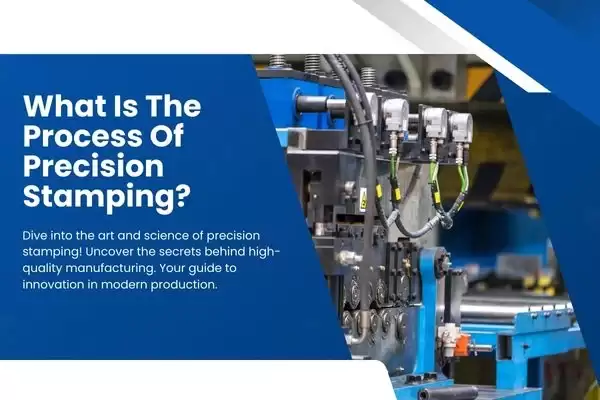
Nov 10,2023
In the vast landscape of modern manufacturing, precision stamping stands out as a fundamental process with profound implications across diverse industries. This article aims to delve into the intricacies of precision stamping, shedding light on its definition, importance, and the comprehensive process ensuring accuracy and consistency in producing various components.
Precision stamping, at its core, is a manufacturing process that involves the creation of intricate parts and components through specialized machinery and tooling. Its significance resonates across automotive, electronics, aerospace, and more industries. The process is not merely a mechanical routine but an art form that demands meticulous attention to detail, innovative techniques, and adherence to the highest quality standards.
To comprehend precision stamping, one must first grasp its key components. At the heart of this process are presses and dies. These machines work in tandem to shape raw materials into precise forms. The materials used in precision stamping vary based on the specific requirements of the end product. Metals, plastics, and even composite materials find their application, each chosen for its unique characteristics and suitability for the intended purpose.
The journey of precision stamping begins with design and prototyping. Engineers meticulously develop blueprints, considering every nuance of the final product. Prototyping follows, providing a tangible preview of the component. Material selection is a crucial step, as different materials behave distinctively under pressure exerted during stamping.
Tool and die preparation takes center stage once the design and material aspects are finalized. Intricately crafted to match the product specifications, Dies play a pivotal role. Tooling, designed for accuracy and longevity, ensures consistent production of high-quality components.
Various presses are employed in precision stamping, each catering to specific requirements. Mechanical presses, hydraulic presses, and servo presses offer different advantages, enabling manufacturers to choose the most suitable option for their applications. Techniques like progressive stamping, transfer stamping, and compound die stamping contribute to the versatility and efficiency of the process, allowing for the production of complex components with precision and speed.
Ensuring the quality of stamped components is paramount. Rigorous quality control measures are implemented at every process stage, including dimensional checks and material integrity tests. Meeting industry standards and certifications is not just a formality but a testament to the commitment of manufacturers to deliver products of the highest quality.
The advantages of precision stamping are multifaceted. Cost efficiency is achieved through the high-speed production capabilities of the process. The consistency and accuracy offered by precision stamping translate into reliable and durable components, contributing to the overall efficiency of manufacturing operations.
While precision stamping offers a myriad of benefits, it has its challenges. Common issues such as material deformation and tool wear can pose obstacles. However, the industry responds with innovative solutions, incorporating advanced materials and cutting-edge technologies to overcome these challenges and enhance the precision stamping process.
The real-world applications of precision stamping are vast and varied. In the automotive industry, precision-stamped components are integral to the production of vehicles, contributing to safety and performance. Miniaturizing features achieved through precision stamping are crucial for developing compact and sophisticated devices in the electronics and technology sector. Aerospace and defense industries benefit from stamped components' durability and precision, ensuring critical systems' reliability.
Technological advancements and a growing emphasis on sustainable practices shape the future of precision stamping. Innovations in materials and processes promise to enhance precision stamping capabilities further, while a focus on sustainability underscores the industry's commitment to environmental responsibility.
In conclusion, precision stamping is more than just a manufacturing process; it is an art and science of transforming raw materials into intricate components that power our modern world. From the meticulous design phase to the utilization of advanced machines and materials, precision stamping embodies excellence in manufacturing. As industries continue to evolve, precision stamping will remain pivotal, driving innovation and shaping the future of production. This comprehensive guide is a tribute to the precision and expertise that define this essential aspect of modern manufacturing.